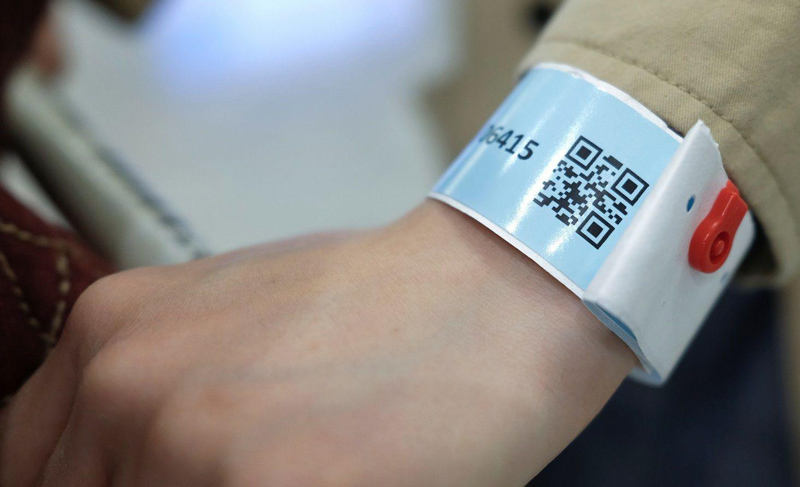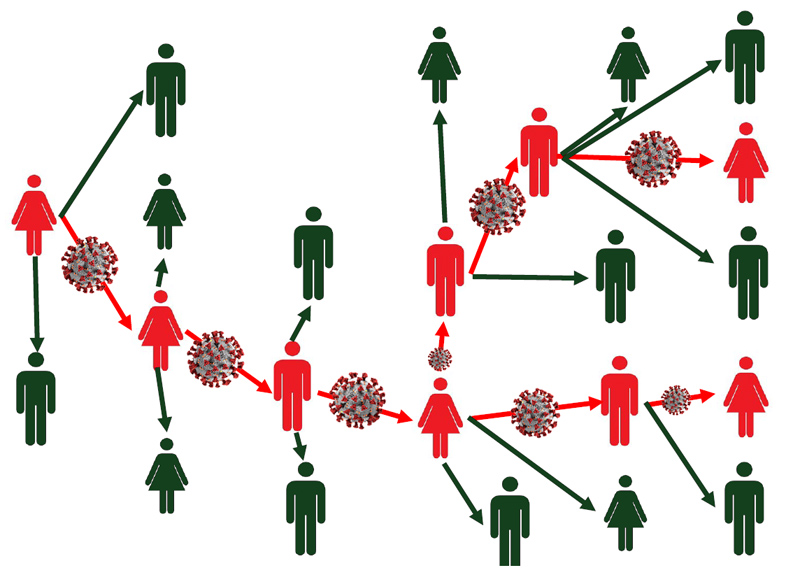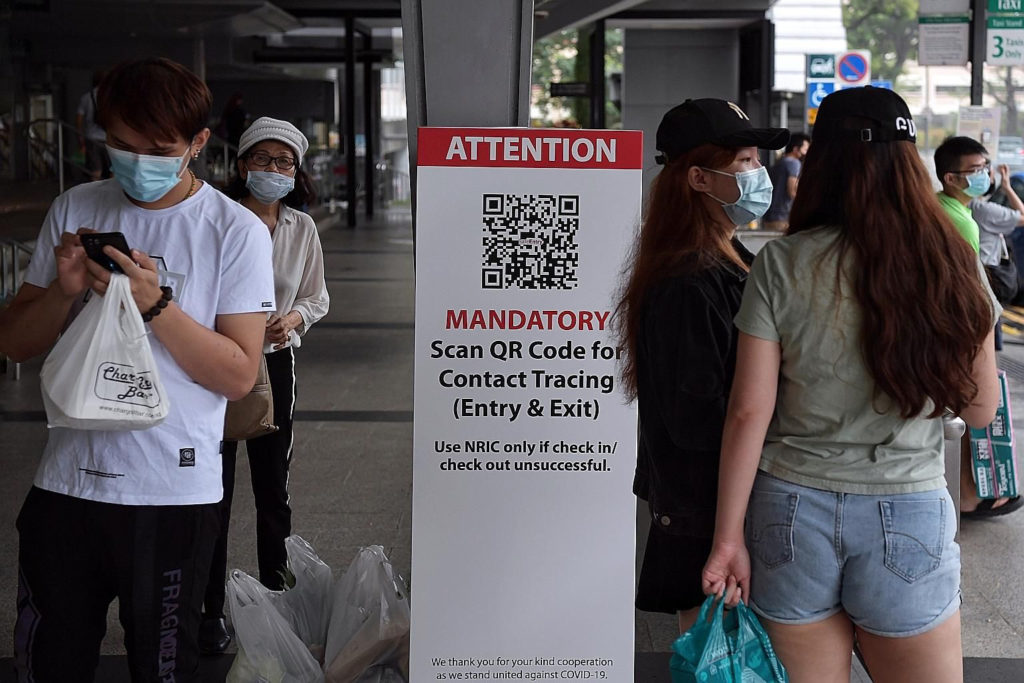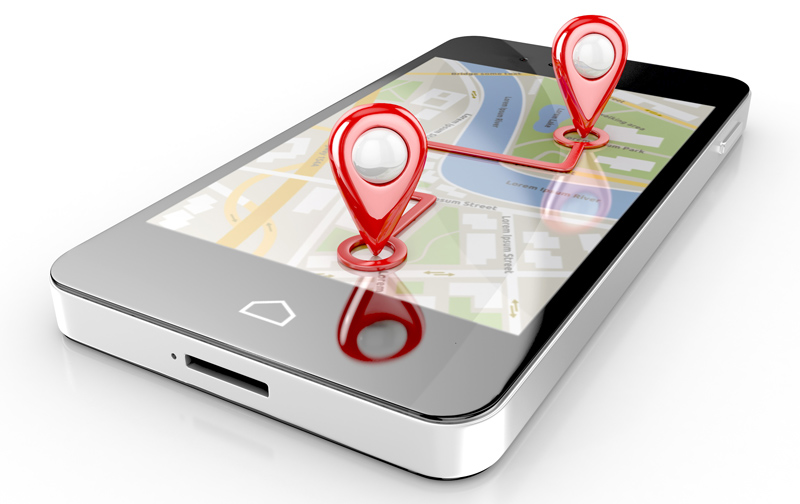The Future: Tracing, Tracking and Ethics

The Issue
Flattening the curve (reducing the number of known cases to deflate the demand for available hospital beds) through social distancing, closures of non-essential business, and working from home had always been just one approach recommended by public health planners to fight COVID-19. A companion strategy—tracing and tracking the sick—is another. This piece answers three questions. What is tracing and tracking? Are they a full, partial or stand-alone solution to fighting COVID-19? Are there ethical and other areas of concern about the proposed immediate uses of this technology?
Ethical and Moral Dimensions

“Contact tracing” is a public health practice to slow the spread of COVID-19 without large-scale shutdowns and stay-at-home orders. The intervention involves interviewing people diagnosed with COVID-19, finding the close contacts to whom they might have been exposed, and providing them advice and support for self-quarantine. It has been successful in breaking the chain of transmission of other infectious diseases, including measles and tuberculosis. However it is estimated that 10,000-20,000 technicians might be needed to fully implement such a health strategy in Canada—which seems like a foreboding number of lifestyle counsellor-data gatherers in a democracy.
By comparison, “tracking” involves the marriage of Big Data and Big Tech, that is, high tech companies using machine intelligence to process an incredible amount of aggregated data—personal travel, shopping behaviour, and other data –in order to provide information about infected persons with whom an individual may have come in contact. Such data can be used to:
- (a) evaluate the effectiveness of social distancing policies;
- (b) regulate a designated person’s entry to public institutions like highways, schools, border-crossing stations, transit systems, and hospitals; and
- (c) provide answers to health administrators’ questions about the transmission of the pandemic

How promising is either strategy for a society that is in the early throes of emerging from general panic as a result of the first wave of the pandemic? Epidemiologists and health-strategy planners are looking at knowledge-based solutions for answers about how best and most safely to ease into the reopening of schools, daycares, and businesses of various kinds. They are just now beginning to evaluate the design and application of these tracking and tracing methods that had already been available when physical isolation protocols began. But already, just a few weeks in, they are seeing the following problems:
- The numbers of tests performed are inadequate.
- Decisions have to be made on priorities about whom should be tested: for example, the vulnerable, health-care providers, essential-care workers, dangerous workplaces like abattoirs, shelter residents, and/or other populations.
- Contract tracing requires a skills training program that could take six hours on-line to complete.
- Scientists aren’t sure about how many people have been infected but have not shown up in testing because they are asymptomatic.
- Planners don’t know for sure whether those infected and who have recovered are virus-proof from reinfection.
As mobility and other restrictions are lifted gradually, asymptomatic people may infect previously unexposed people who stop physical distancing, and either because of that, or because of virus mutations, or both, people may have to return to distancing. Absent a cure (Britain has begun initial testing of a cure with volunteers this-month; to date, Canada has yet to do so) or preventive inoculation, this may go on for two years (or longer) depending on how the W-curve stretches out or repeats. Simply put, surveillance may need to continue for a long time.

There is an argument that re-openings on the immediate horizon are primarily about ethics, not tracking and tracing. In other words, there are major policy issues like civil rights, consent of the governed, respect for personal privacy rights, and the presumption of innocence. Because society is collectively frightened and cowed in a decision-making environment characterized by emergency regulations and technology promises of a “magic bullet”, there may be little inclination among the majority of us to allow potential transmitters to avoid, decline or resist testing.
Legal and Values Dimensions
Tracing and tracking technology always bears the possibility of being enhanced, as have been other forms of surveillance and “mission creep” by states. Proof is readily apparent from reading almost any history of the CIA (https://www.wired.com/2012/03/ff-nsadatacenter), the NSA (Total Information Awareness https://www.wired.com/2012/03/ff-nsadatacenter), or CSE and CSIS (https://toronto.ctvnews.ca/opp-admit-to-using-controversial-facial-recognition-software-clearview-ai-1.4834043). For alarming information about Clearview, read Christopher Wylie’s Mindf*ck, Cambridge Analytica and the Plot to Break America.
Regarding surveillance through smart devices, including phones, cameras, immune status bracelets or other tracking devices, questions include how long will surveillance last; how frequently or continuously will it be used; and for what specific intended purposes. Privacy experts have been anxiously drawing up a list of questions that need answers:
1) How much and what kinds of information will be stored in Big Data?
2) What protection will be provided: both against hacking (theft and distortion) and toward protection of privacy? For example, will data be anonymized by encryption, who has the keys, as well as will personal identifiers be removed?
3) Where is that information stored, by whom, and for how long?
4) Are the approved technologies attractive to application extension for other purposes in what can be seen as areas of state surveillance, especially in a world where authoritarianism is growing?
5) Because there can be extraordinary invasions of privacy involved, there must be some process of informed consent, which includes power to discontinue such invasive compromises of aggregate loss of privacy.
6) Data may be accumulated, but largely unused, or it may not produce actionable conclusions (as in the U.S. Total Information Awareness program). This brings into question whether it was wisely planned in the first place.

7) Additionally, there must be answers to concerns about the ethics and values which underlie and support artificial intelligence. (https://harvardmagazine.com/2019/01/artificial-intelligence-limitations
8) There must be some clearly defined “sunset clause” or cut-off date at which time an assessment will be made about whether this surveillance and data accumulation has produced the desired results in a timely fashion. This element is necessary to flag and interdict a run-amok program with many harmful outcomes, or protect those whose rights have been trampled, or to avoid this kind of crisis in the future. Otherwise surveillance and data collection may continue simply because they are possible. Again, government and Big Tech use of such powerful oversight of citizens are often suspect whatever the purpose. These powers and capabilities must be pruned from time to time.
Artificial Intelligence in the Front Lines of Health Care
The challenge is to create an effective testing and contact tracing infrastructure on a massive scale, so that everyone who feels symptoms can get tested, and anyone else who came into contact with them can too. Keeping eyes on all this information is going to require constant effort—the facts continue to evolve, the numbers change, and policies may or may not be adhered to. We may discover that what happens in theory is different from what happens in practice, or that what was promised does not end up being delivered.
Currently, the relatively new Bluetooth-enabled tracking app jointly being developed by Big Tech firms Apple and Google has potential weaknesses. In crowded areas, it could flag people in adjacent rooms who aren’t actually sharing space with the user, making people worry unnecessarily. It may also not capture the nuance of how long someone was exposed — working next to an infected person all day, for example, will expose you to a much greater viral load than walking by them on the street. Likewise, it depends on people having apps in the short term and up-to-date smartphones in the long term, which could mean it’s less effective in rural and remote areas with lower connectivity or lower household income.

Apple and Google are still talking to public health authorities and other stakeholders about how to run it. This high tech system probably can’t replace old-fashioned methods of contact tracing — which involves interviewing infected people about where they’ve been and who they’ve spent time with — but it could offer a data source supplement stream using a device that billions of people already own. Within the information technology world, there are many scientists and Institutes like the Machine Intelligence Research Institute (MIRI) who caution that
- (a) the future of artificial intelligence is a clear and present threat to humanity;
- (b) COVID-19 testing should proceed with great oversight and care; and
- (c) it would be a disaster if the cost of fighting this epidemic was an erosion of the democratic society that scientists, tracing counsellors and mathematicians are hoping to protect.
Conclusion
Virtually all jurisdictions are experimenting with contact tracing and machine tracking. There are some high order, difficult ethical challenges facing governments, public health authorities and care givers who are gathering such massive amounts of health data:
- There needs to be open, transparent, systematic and ethical decisions about who is prioritized for contact tracing in hospitals, clinics, and other health services settings.
- There must be informed consent when decisions are made about where, when and how we will emerge from emergency uses of such technology.
- The justification for various applications of data that violate various citizens’ rights should be transparent, regularly challenged, and subject to effect oversight.
Certain respected scientists believe another second big peak or wave could probably appear in the fall, especially if there is some seasonal variation, and so we’d need good surveillance in order to start the next phase of social distancing early. Such intermittent periods of social distancing might go on until 2022 barring a vaccine or big advances in treatment.
Further Reading
John Hopkins Bloomberg School of Public Health – Johns Hopkins and Bloomberg Philanthropies, with New York State, Launch Online Course to Train Army of Contact Tracers to Slow Spread of COVID-19:
https://www.jhsph.edu/news/news-releases/2020/johns-hopkins-and-bloomberg-philanthropies-with-new-york-state-launch-online-course-to-train-army-of-contact-tracers-to-slow-spread-of-COVID-19.html
One Zero – We Mapped How the Coronavirus Is Driving New Surveillance Programs Around the World:
https://onezero.medium.com/the-pandemic-is-a-trojan-horse-for-surveillance-programs-around-the-world-887fa6f12ec9
Nuffield Council on Bioethics – Guide to the ethics of surveillance
and quarantine for novel coronavirus:
https://www.nuffieldbioethics.org/assets/pdfs/Guide-to-the-ethics-of-surveillance-and-quarantine-for-novel-coronavirus.pdf
Bloomberg – Post-Virus Reopening Is More About Ethics than Science:
https://www.bloomberg.com/opinion/articles/2020-04-14/reopening-the-economy-post-coronavirus-is-about-ethics
The Verge – Apple and Google show what their exposure notification system could look like:
https://www.theverge.com/2020/5/4/21246512/apple-google-code-sample-ui-ios-android-contact-tracing-exposure-notification
Computerworld – 6 Make or Break Questions About Google and Apple’s COVID-Tracking Tech:
https://www.computerworld.com/article/3538236/google-apple-contact-tracing.html
MIT Technology Review – A flood of coronavirus apps are tracking us. Now it’s time to keep track of them:
https://www.technologyreview.com/2020/05/07/1000961/launching-mittr-covid-tracing-tracker/
About the Author:
- COVID Effects On People In their Twenties - September 24, 2020
- COVID 19: Society’s Great Moral Divide - September 22, 2020
- COVID’s Effects on Women: Recent Research - September 18, 2020
